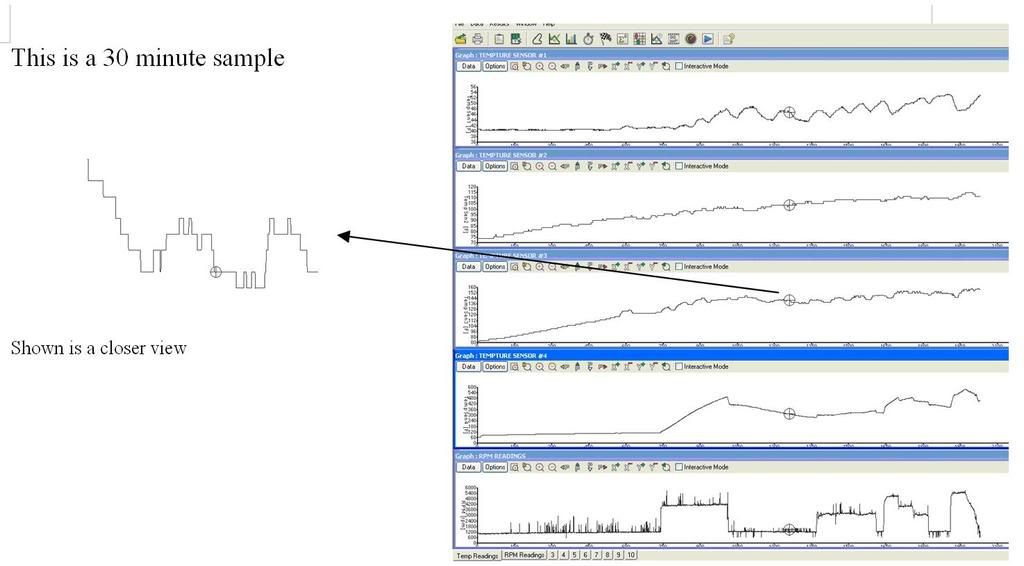You haven't stated what you're trying to measure and where. A thermocouple is a useful sensor because it will cover a very wide temperature range with a simple relationship between its electrical output and temperature. The problem is that the output is too small for most electrical "gauges", hence the amplifier.
You've chosen the universal or wide range amplifier, describing it as high range. This is suitable for high temperatures as well as low, but it seems you are interested in measuring relatively low temperatures, for which R-T's other amplifier is more suitable if greater accuracy is required.
The good news is that you are using the correct settings for your measurement and logging hardware. As well, R-T will be impressed that the equipment is working to specification. Nothing that you can do in the software setup can improve your result.
I'll ignore the underlying science, but need to explain with simple logic and arithmetic:
The DL2 reads the voltage output of the amplifier with a Resolution of 3mV. The output might be 2.50051V measured with a very accurate instrument. The DL2 will read this as anywhere between 2.499V and 2.502V. Let's be conservative and say its resolution is not actually that good, but 4mV.
The Sensitivity of your amplifier is 4mV per degree C, or 9/5 times this in Fahrenheit, i.e. 4mV per 1.8 F.

The resolution of the DL2 can't accurately see a temperature change of smaller than 1.8 F with your hardware.
If you had the low range amplifier, with a Sensitivity of 16mV per degC, the DL2 could accurately read a temperature change of 4/16 x 1.8 = 0.45 F.
Would this give you sufficient resolution?
If not, rather than trying to design a more specific amplifier, I would suggest a different sensor technology. However, this needs to be application specific.
It stands to reason that a sensor good for a huge range is inappropriate for resolving fractional changes. Just because you might see a digital display with three decimal places and numbers rolling doesn't mean that a snapshot or even an average of those numbers is a true value.
The science behind why this lack of resolution appears as a jump is well understood by measurement scientists, but harder to explain. The issue is not time related. Your amplifier and logger can respond to changes in the small voltage change in the sensor far faster than the sensor can change its temperature.
The thermocouple will respond faster than most other easily obtained sensors, but if you're trying to determine a rapidly changing air temperature, it will be applying its own smoothing to the measurement.
I am not sure what you mean by 10-15 degree jump. This has to happen over a certain period of time. If we have the sampling rate at 100Hz, the period for what appears to be an instantaneous change, or jump in my language, is 10 milliseconds. The thermocouple would have to be thrust into a hot flame to give a "jump" of your unacceptable magnitude.
Over what minimum time do you need or expect to see a change?
Is the problem that the data changes too quickly or not quickly enough?
The smoothing function in the Variable Manager will not take out many of the steps because the thermocouple is slow to respond in relation to the sample rate so there are numerous adjacent values tied to the same value because of the lack of resolution.
Where did you buy the thermocouples and amplifiers?



